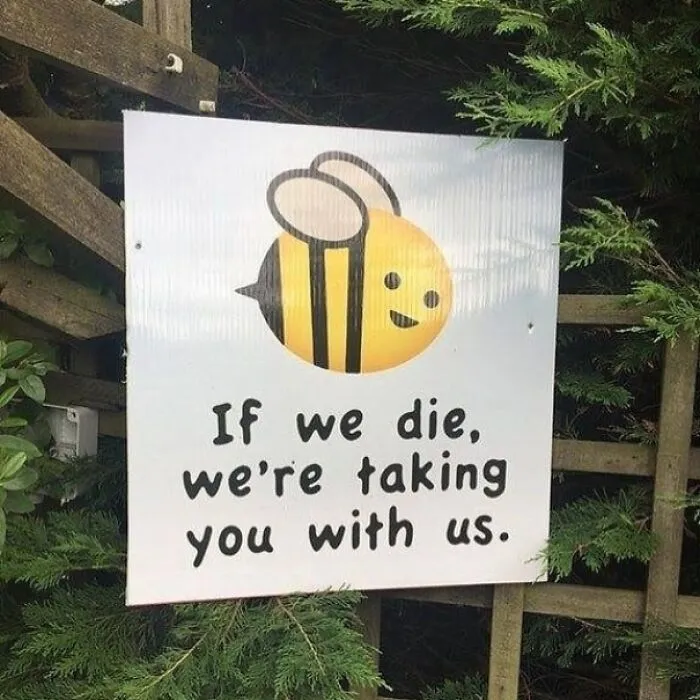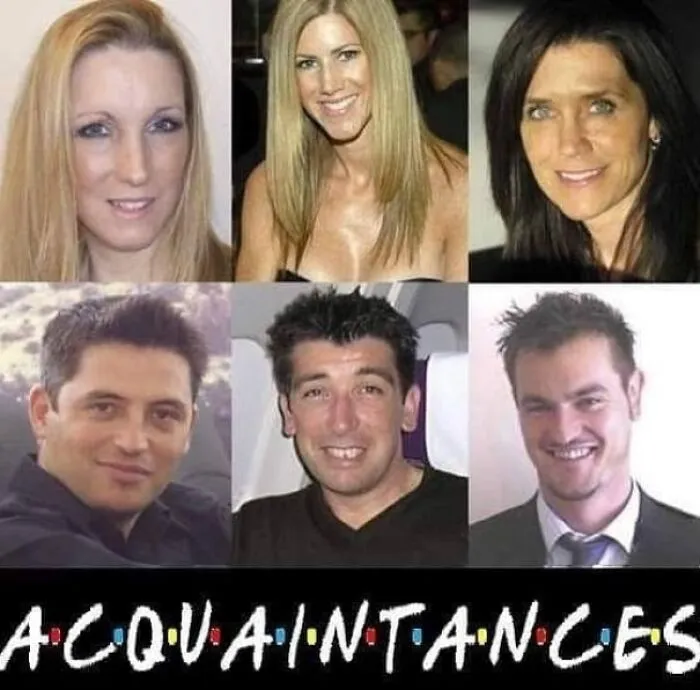Many people now consider aimlessly browsing social media to be one of their favorite activities. For those of us who procrastinate, it can be a great go-to. And it’s especially alluring if the material we encounter is humorous. even if there is absolutely no context. Scroll down if you’re searching for something to do besides what you’re supposed to be doing.
Bored Panda came upon F Advertisements, an Instagram account. The bio states, “Not advertisements but not not advertisements.” Wait until you read some of the posts if you find that to be unclear and a little arbitrary. They number over nine thousand. Some of them are hilarious. Some people are strange. Others are a combination of the two. It’s obvious that the page is doing something correctly. 1.7 million people have followed it since its debut. A compilation of posts from the page will take you on an incredible journey of laughter. Remember to upvote your favorites as well.
1.

2.

3.

Did you need to take another look at some of the featured pictures to understand what was happening? That might be the case because a large number of them lack any kind of context. In other words, we lack sufficient knowledge to comprehend what we are looking at, or we are unaware of their history.
According to the JSTOR Daily article on the subject, “Context shapes our understanding and interpretation of all the visual material we encounter.” “An image’s context can include a variety of elements, such as related text, other images of the same subject, or even the audience’s cultural knowledge.”
If you don’t know the context, you may be completely mistaken even if you believe you understand the image. However, that doesn’t mean you can’t find it humorous. Correct? “Not always,” experts say.
4.

5.

6.

A lack of context may not be harmful in posts that are purposefully random and intended to be humorous. However, there are situations in which it is absolutely dangerous to have no context. According to JSTOR, “meaning becomes skewed and difficult to discern when context is missing, obscured, lost, or forgotten.” What do we typically do, then? We reach our own decisions. And this can result in false information, particularly about history or current events.
7.

8.

9.

Numerous studies have been conducted on what is now referred to as “context collapse” in the era of social media. According to experts, we are encouraged to consume information “without taking the necessary time to examine a story and comprehend its context” because of the abundance of content available online and our insatiable desire to scroll and share.
10.

11.

12.

When it comes to communication, images are an effective tool. Psychological research has demonstrated that when presented with an image, people are more likely to believe both true and false trivia statements, such as “turtles are deaf,” according to PBS’s op-ed.
According to the website, when headlines are accompanied by a photograph, people are more likely to say they have seen recently created headlines before. Additionally, posts that include images get more likes and shares than those that only contain text.
13.

14.

15.

According to PBS, “recycling legitimate old photographs and videos and presenting them as evidence of recent events” is a common, intentional method of disseminating false information. It uses a Facebook photo of what looks to be a grocery store that has been ransacked with the caption, “YUP! #SocialismSucks,” as an example. However, following the 2011 earthquake, the picture was actually taken in Japan.
16.

17.

18.

Another eerie instance was when demonstrators were held accountable for damaging Hyde Park in London following a 2019 protest against global warming. Social media users shared pictures of the mess. Later, the truth came to light: some of the pictures were taken in Mumbai, India, while others were taken following an entirely different incident in the park.
19.

20.

